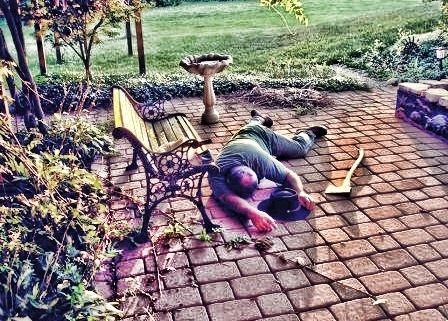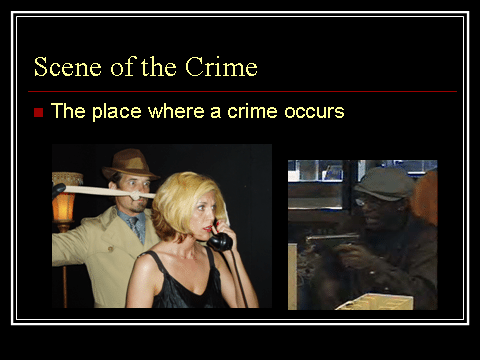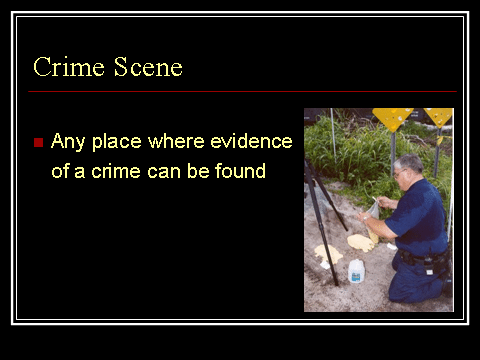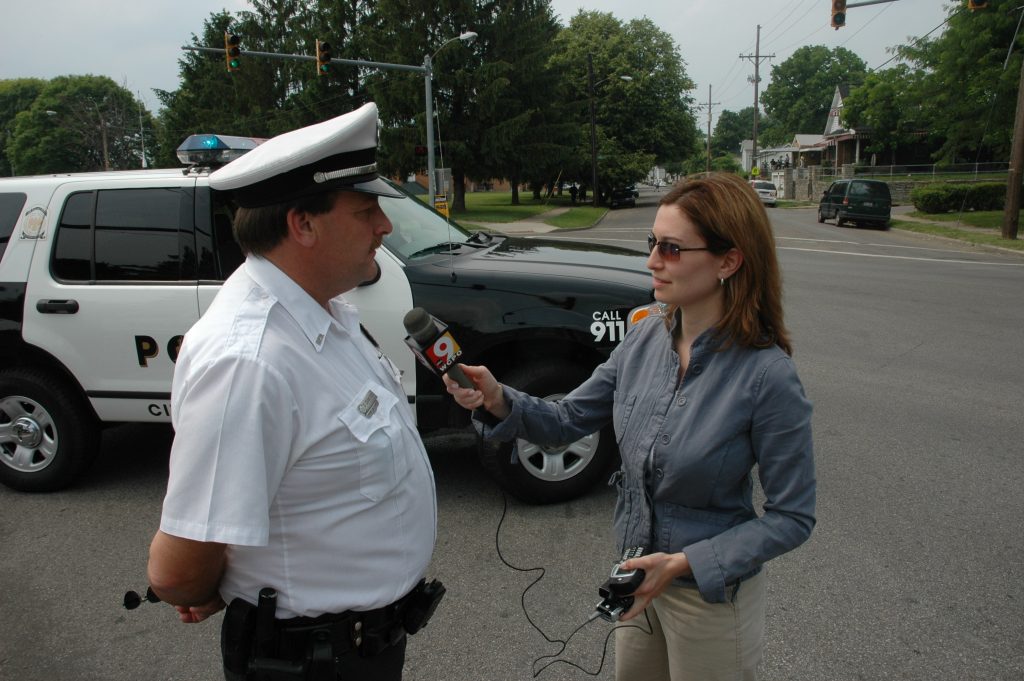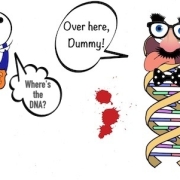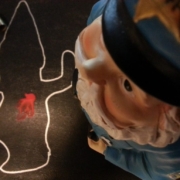Tater Jenkins Done Killed Uncle Billy Buck Robinson: The Crime Scene
“Tater” Jenkins done killed Uncle Billy Buck Robinson. Quick, call the law afor’in’ that son-of-a-biscuit-eatin’ coward gets clean away!”
And so it goes. Aunt Ruthie Mae runs next door to use Lula Belle’s rotary phone to call the police, a department of four men and women of varies sizes, from rail thin to chair-crushing fat—who, after one last bite, drop their newspapers and circular, creme-filled morning breakfast food and trot out to their cars to make the treacherous drive up Banjo Mountain. But not before stopping by the drive-through at Percy’s Pork Skin Palace to grab a sack lunch for the long trip. Along the way, they pass by Billy’s goats, Carl’s cows, several mangy dogs, and a cross-eyed bear who was in the midst of overturning Miss Ethel Turner’s outhouse.
The determined officers motored across Falling Car Creek and the Killzemall River by using makeshift bridges, a handcrafted series of large logs that stretched across the waters. Then, after stopping for lunch and seven breaks behind assorted species of trees (NOT an easy task for the two female officers), the patrol officers finally reached their destination, a grouping of six obviously homemade clapboard-sided, rusty-tin-roofed houses nestled along the hillside, seven miles from the nearest sunshine. Curb appeal was limited to crooked eaves, sagging beams, and lopsided stone chimneys that blew and belched smoke the color of tar paper. Several red-headed children ran to and fro, playing some sort of game that involved a single crooked stick. Their dirt-smeared faces and arms were spattered with summer freckles.
A three-legged mutt slowly lifted its head when the police cars pulled to a stop, dragging clouds of white dust in their wakes. The dog, uninterested in the action, lowered its head and resumed its nap.
Mr. Onion Parson, a man with a single tooth that sat slightly askew in a mouth as dark as a cavern, called out, “Over here, Five-Oh!”
“One Tooth” shooed a few chickens from their new perches atop the forehead of one very blue and very cold Uncle Billy Buck Robinson. “He’s right here, and he’s deader’n a doornail,” said Onion. “He done chopped Billy Buck in the haid with my best ax.”
Later, the lead officer would include in her official report, a description of that remarkable tooth as “shaped exactly like the state of Delaware.” She noted that a bystander saw Tater flee the scene on the back of a mule named Homer. However, the officer omitted all references to the chickens, an unfortunate decision that would come back to haunt her when a savvy defense attorney pointed out to the jury that the presence of chicken prints on the forehead of the deceased raised the possibility of “murder by rooster” and not by an ax-wielding Tater.
“After all,” the attorney said to the judge, “a very aggressive rooster named Killer was known to violently attack the hands that fed him. Heads, too.” Another point omitted from the officer’s report. The jury agreed with the defense attorney and “Tater” Jenkins walked away from the trial a free man. The rooster, however, was sentenced to serve as Sunday dinner. The hens, obviously brainwashed by their leader, were not charged, citing Stockholm Syndrome as their defense.
Preserving a Crime Scene
So, what really happens once patrol officers arrive on scene? Well, for starters, much of the above could be sort of true. I recall meeting several people during my career who could’ve been members of these fine families. However, here’s how it really happens …
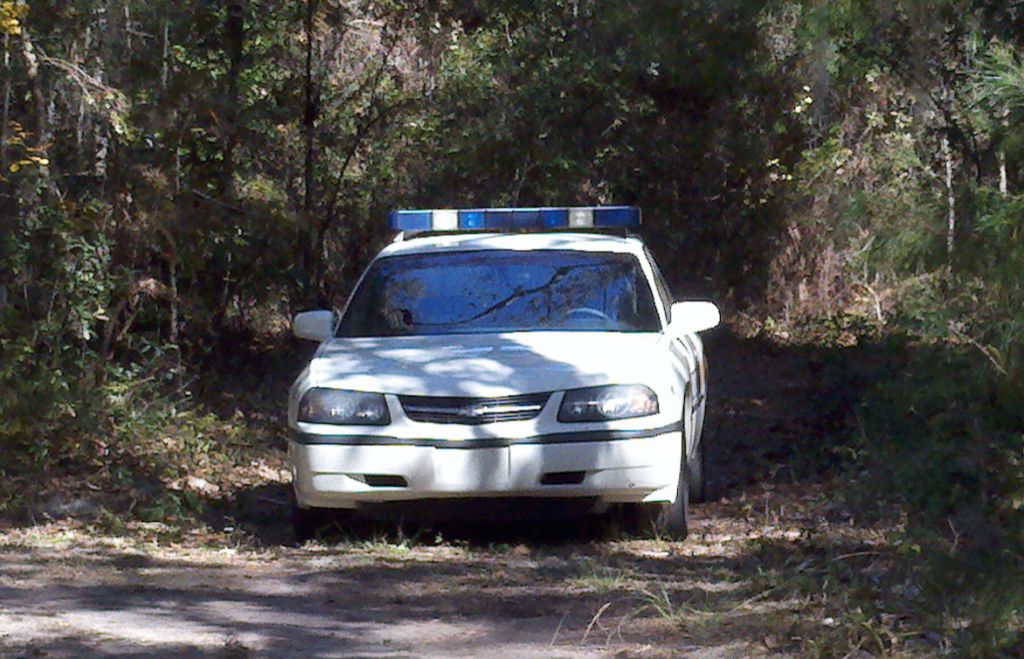 First on the Crime Scene
First on the Crime Scene
Uniformed officers are normally the first police officers on the scene. It’s up to these front-line cops to take charge, calm the chaos, and make things safe for citizens in the area, EMS and firefighters, and for the arriving investigators, medical examiner, etc.
Sometimes, crime scenes are large and complicated; therefore, it may be necessary to set up a command post—a central location for coordinating police activities.
Many police departments use some sort of mobile command centers, such as converted motor homes and travel trailers. Some patrol supervisors drive vehicles designed to quickly transform into a fully functional command post.
A command post could be, however, anything and anywhere—a local store, store parking lot, an officer’s patrol car, and so on.
The Two Types of Perimeters
- the first is an overall periphery for the purpose of containing suspects within a specific area.
- an area to preserve the crime scene and the evidence within.
Crime scenes may be as small as a single room, or they can be as large as several city blocks, or more. There are no set boundaries. Investigators on the scene make this determination, as needed.
It’s best to establish a large boundary at first to ensure that all evidence is protected from outside interference/contamination/disturbance. You can always reduce the size of the permitter, but enlarging it after the fact is mostly a waste of time because there’s a risk of evidence being disturbed by bystanders, news media, EMS, firefighters, other officers, etc.
Do not rush into a crime scene without first taking everything in. Take a moment to assess the area. Are there any dangers, including hidden ones, such as gas leaks, poisonous chemicals, A KILLER WITH A GUN?
Absolutely do not allow anyone inside the scene unless they’re a vital part of the investigation team. This includes members of the police department, including command staff. Of course, if a chief insists, well, make certain to document her entry and exit times.
Do not allow anyone to leave the area until you’ve interviewed them. Treat every single person as a possible witness. Sometimes people don’t realize they’ve seen an important detail until they’ve been questioned by police.
Crime Scene Investigation Facts:
Carey A. Body just murdered his longtime girlfriend, Ida Kissedanyman, and fled on foot through an alley, over a fence, and into the rear parking lot of Beulah Bell’s Hog Jowl Emporium. Body, sweating heavily and breathing like a huffing locomotive traveling a 72% steep uphill grade, ditched the murder weapon inside a fat rusted dumpster that was stuffed to the brim with discarded hocks, pinto beans, and hunks of Crisco-drentched fried cornbread.
Therefore, even though the dumpster was four blocks away from the actual scene of the crime, the dumpster is now considered a crime scene. Why? Because evidence of a crime is located there. And, yes, detectives and/or CSI’s must paw through the garbage, by hand, searching for evidence.
More crime scene investigation facts …
- Patrol officers often assist investigators/detectives with the recovery and collection of evidence.
- Not all crime scene investigators are sworn police officers. Many police departments employ specially trained civilian crime scene investigators/technicians. Non-sworn crime scene investigators do not:
(As seen on TV)
- arrest criminals
- interrogate or question suspects
- carry weapons
- participate in, or conduct autopsies
- engage in foot or vehicle pursuits
- handcuff criminal suspects (What goes on during their free time is of no concern to us. Unless, of course, you’re writing a scene involving hot, steamy … you know).
All police officers are trained to properly collect and preserve evidence. After all, sometimes detectives are unavailable. Therefore, in those instances, uniformed officers assume the duty of investigating the crime.
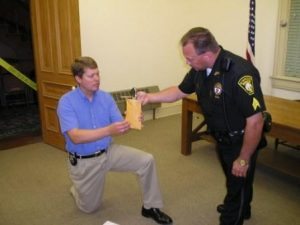
The police are in charge of crime scenes. Coroners and medical examiners are in charge of the bodies of murder victims.
NOTE: Not all medical examiners and coroners show up at crime scenes. In those instances, EMS or a local funeral home typically transport the bodies to the morgue where the M.E. will have a look as soon as possible. Detectives, in these instances, are in charge of the body and sometimes travel in the ambulance to the morgue to preserve chain of evidence/custody.
Releasing information to the media—hold your cards close to your chest until you have an idea of what information can be released to the public. Remember, what you say will be on the evening news! I know this one all too well…unfortunately.
*As always, rules, policies, and procedures vary from area to area and agency to agency. If 100% accuracy is your goal then you make a quick phone call to the public information officer (POI) at your local police department. This is often the officer you see providing official updates on your evening news.

